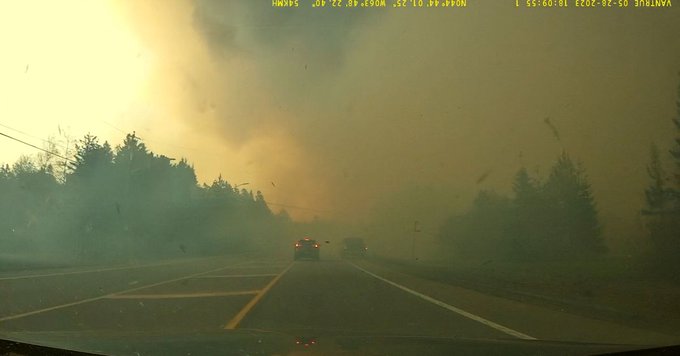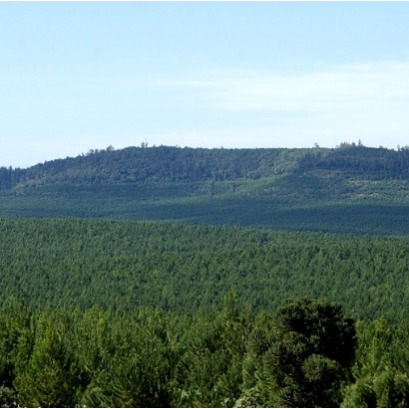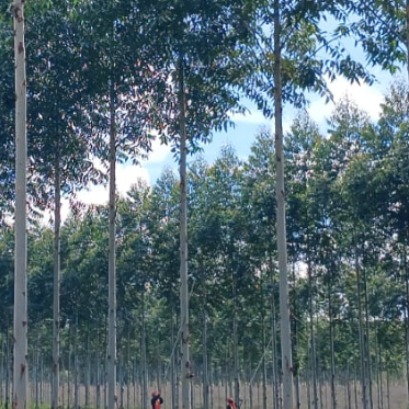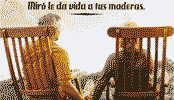
Canada faces worst wildfire season in its history
There are currently 413 active forest fires
Around 26,000 people are under evacuation orders across Canada. “The distribution of fires from coast to coast this year is unusual. At this time of year, fires typically only occur on one side of the country at a time, most often in the west," said Michael Norton, an official with Natural Resources Canada.
Fires are burning in almost all Canadian provinces and territories. Flames have spread rapidly in eastern Canada and have forced evacuations in the Atlantic province of Nova Scotia, as well as coastal Quebec.
“In the last 20 years, we have never seen such a large area burned so early in the season,” said Yan Boulanger, a researcher at Natural Resources Canada. “Partly due to climate change, we are seeing trends toward increased area burned across Canada.

IT MAY INTEREST YOU
 The discovery of methane-producing bacteria in trees rethinks the ecological role of forests
The discovery of methane-producing bacteria in trees rethinks the ecological role of forests
Pioneering study shows trees surprising internal microbial diversity and potential influence on global climate, driving novel strategies for agricultural and forestry management
 Free seminar on the implementation of the European EUDR regulation on deforestation-free wood products
Free seminar on the implementation of the European EUDR regulation on deforestation-free wood products
The Argentine Forestry Association (AFoA) organizes the seminar «EUDR in Forest Products: Current status of implementation. Regulatory requirements and private experiences", which will take place on Wednesday, November 26, from 11:00 a.m. to 12:00 p.m., via Zoom, with live streaming on YouTube. The European Regulation on Deforestation-Free Products (EUDR) will enter into force on December 31, 2025 and will impose new requirements for forest products entering the European Union market.
 Paraguay | The plantations became instruments of territorial development and the generation of decent employment, INFONA highlights.
Paraguay | The plantations became instruments of territorial development and the generation of decent employment, INFONA highlights.
Plantings in different phases, control of ants and weeds, pruning and thinning, mechanized harvest, technology applied to the field and complete integration of the production cycle were part of the CREA Forestal proposal in its Technical Update Conference – JAT Forestal 2025. The event took place on Friday, November 14, at Estancia Ñemity, located in San Juan Nepomuceno, Caazapá, where agricultural producers, technicians, contractors, students and companies in the sector met to observe the forestry business of the future in action.





















